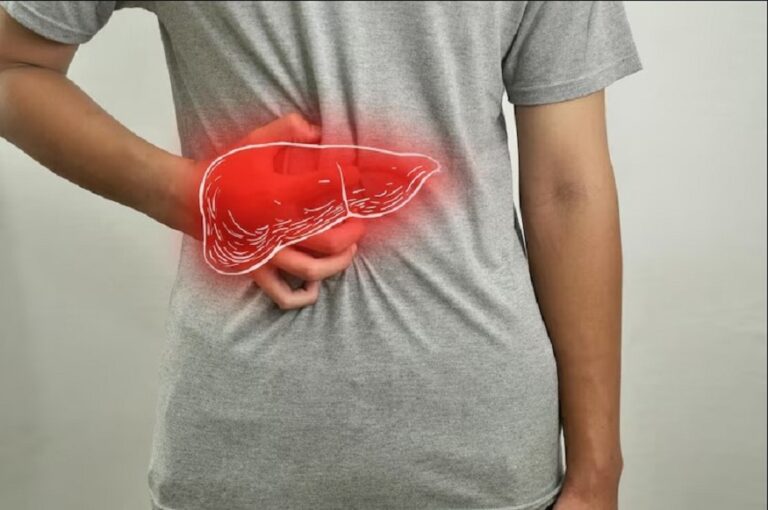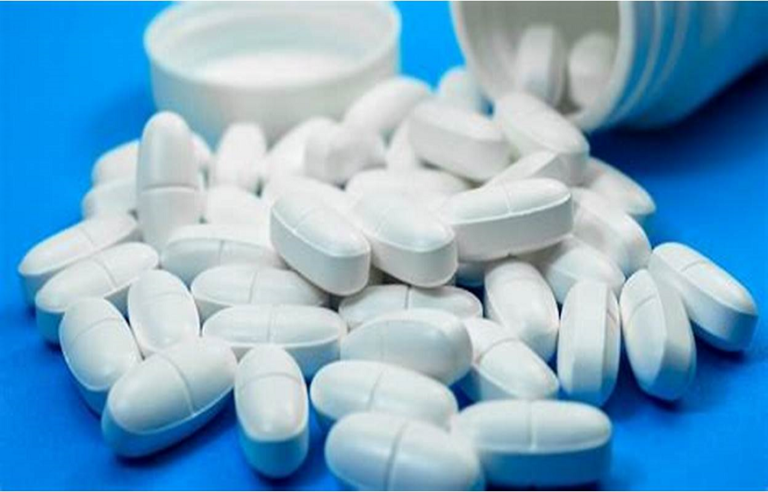The occurrence of edema is normal oral surgery, its intensity is proportional to the trauma induced during the intervention. An ice pack (or a plastic bag of frozen peas or corn, which conforms to the contours of the face) should be used for the first day. The cold is applied in periods of 25 min every hour or every 2 hours. If swelling does not decrease after 3 days, infection should be strongly considered and antibiotics given (eg, penicillin VK 500 mg orally every 6 hours or clindamycin 300 mg orally every 6 hours) until 72 hours after symptoms resolve.
Post-extraction alveolitis
Post-extraction dry socket is socket pain from exposed bone if the clot in the socket lyses. Although this pathology is self-limited, it is quite painful and usually requires management. It is much more common in smokers and patients taking oral contraceptives and occurs mainly after the extraction of mandibular molars, most commonly wisdom teeth. Typically, the pain occurs on the 2nd to 3rd day after the extraction, it radiates to the ear and can last from a few days to several weeks.
A long-used option is a strip of iodoform gauze (2 to 5 cm) impregnated with eugenol (an analgesic) or anesthetic ointment, such as 2.5% lidocaine or 0.5% tetracaine, which is placed in the cavity. The wick is changed every 1 to 3 days until the pain does not recur in the absence of wicking for a few hours.
More recently, a commercially available mixture of butamben (an anesthetic), eugenol, and iodoform (an antimicrobial) is increasingly being used. Although not absorbable, this mixture is eliminated spontaneously after a few days. These procedures generally obviate the need for systemic analgesics, although NSAIDs can be given if pain needs to be treated.
Osteomyelitis
Osteomyelitis can, in rare cases, be confused with dry socket, the differential diagnosis is based on the presence of fever, local pain and swelling. Osteomyelitis requires long-term treatment with antibiotics effective against Gram-positive and Gram-negative organisms and referral to a specialist for radical treatment.
PHOTO COURTESY OF BYRON (PETE) BENSON, DDS, MS, TEXAS A&M UNIVERSITY BAYLOR COLLEGE OF DENTISTRY.
Mandibular osteonecrosis
Mandibular osteonecrosis can occur after tooth extraction or after trauma or radiation therapy to the head and neck.
Drug-induced osteonecrosis of the jaw is an association between the use of anti-resorptive agents and mandibular osteonecrosis. Stopping oral bisphosphonate therapy is unlikely to reduce this already low rate of mandibular osteonecrosis and maintaining good oral hygiene is a more effective preventative measure than stopping oral bisphosphonates before any dental procedure.
Higher doses and longer duration treatments inhibiting resorption are associated with a higher incidence of mandibular osteonecrosis. Other drugs associated with an increased incidence of mandibular osteonecrosis are the osteoclast inhibitor denosumab and certain targeted anticancer agents, such as bevacizumab and sunitinib.
Management of mandibular osteonecrosis is difficult and usually includes palliative measures, limited debridements, antibiotics and mouthwashes.
Bleeding
Post-extraction bleeding is usually due to small vessels. Any clot protruding from the cavity is removed with a compress, then another approximately 10 cm compress (folded) or a tea bag (which contains tannic acid) is placed over the socket. Then the patient is asked to apply continuous pressure by biting for 1 hour. This procedure may need to be repeated 2 or 3 times. Patients are advised to wait at least 1 hour before checking the site so as not to disrupt clot formation. The practitioner will tell the patient that a few drops of blood diluted in saliva seem to represent a much larger quantity of blood than it actually is.
On the other hand, when the bleeding persists, the cavity will be anesthetized by locoregional block or local infiltration with 2% lidocaine containing 1:100,000 of adrenaline. The socket is then curetted to remove all of the existing clot and to expose the bone surface, which will be rinsed with physiological saline. The edges of the socket are then sutured with very slight tension. Local hemostatic agents such as oxidized cellulose, thrombin-soaked gelatin sponges, or microfibrillar collagen can be inserted into the socket before suturing.
In most cases, patients taking blood thinners (eg, aspirin, clopidogrel, warfarin, direct-acting oral anticoagulants) do not need to stop treatment before dental surgery . In those at increased risk of bleeding due to comorbidity or in those undergoing more extensive procedures, consultation with their patient’s physician regarding the timing and dosage of antiplatelet or anticoagulant medications or a brief 24-48 hour interruption of therapy is indicated.














+ There are no comments
Add yours